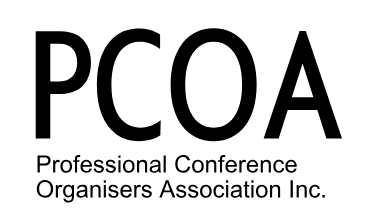Tom Kelley, best-selling author and partner at the renowned design thinking and innovation consultancy IDEO wrote, “Innovation and Creativity are now widely accepted as the driving forces behind business success, and are among the most highly prized qualities in today’s leaders”.
Organisations are increasingly aware of the need to implement practices that ensure creativity and innovation are integrated into daily activities. Design Thinking empowers individuals within organisations to identify and better understand their opportunities and their environment. Even more relative to business success, is the understanding that empathy with the client and stepping into the shoes of the end user is crucial to solution based operations.
Design Thinking involves several steps: ideating (identifying a problem or opportunity), planning, prototyping, testing, iterating (changing) and taking action. Design Thinking is a mind-set focused on solutions and it challenges the assumptions we make everyday.
Imagine the Washington Monument. It’s the world’s tallest obelisk, built to commemorate General George Washington. It also lines up with the Lincoln Memorial, The Capitol and the Whitehouse. Quite impressive.
The Washington Monument was deteriorating due to the harsh chemicals used to clean it. Too many pigeons were ‘pooping’ all over it! Harsh chemicals were needed to clean the monument because you can’t have a US monument with poop all over it! Instead of assuming that all that was required was a less abrasive cleaner, someone had a light bulb moment and decided to investigate why the pigeons were attracted there in the first place. An obelisk, a really tall needle type structure, is not exactly an ideal place for a pigeon to rest or nest, not when compared to an abandoned building.
The root problem, investigators discovered, was that the birds were in fact attracted by spiders. Lots of spiders. Spiders that also liked to chill around the Washington Monument. But why were there lots of spiders? Because of the moths of course, a gourmet dining delicacy (to a spider at least) that turned up every evening when the monument was lit up for the benefit of all the tourists.
So, at the root of the problem were the lights! The solution therefore was not as assumed, harsher chemicals. The lights were turned on a few hours later, resulting in less moths, resulting in less spiders, which meant the pigeons stopped visiting the sight, resulting in less poop.
Here’s three quick and simple processes that can be implement into daily business practices to start the Design Thinking journey:
1. Have an “I Need Your Input” wall. Write a one-paragraph summary of a problem you are trying to solve internally or for a client, and place it on the wall. Design Thinkers understand that divergent thinking, opening up to many solutions, is most likely to result in success. Invite colleagues to write their ideas on post-its and stick them on the wall.
2. Identify someone you admire in your field and with each action you take or thought you have during a nominated day ask, “What would ‘my hero’ do about that/think about that? This allows you to consider a problem from a different perspective.
3. Introduce a Why Not policy. If someone comes up with an idea, start from ‘Why Not’ as opposed to ‘No Way’. Make it harder to reject an idea than to test it quickly and efficiently.
Investigate, probe and dig deep; these are the core principles of Design Thinking. Use a diverse group of people, to investigate a wide range of solutions, using the collective experience of the room. The theory sounds simple. The application is dynamic!
 Author: Christina Gerakiteys is presenting at the 10th Annual PCOA Conference and Exhibition, being held at the Gold Coast Convention and Exhibition Centre, from 26 – 28 November 2017
Author: Christina Gerakiteys is presenting at the 10th Annual PCOA Conference and Exhibition, being held at the Gold Coast Convention and Exhibition Centre, from 26 – 28 November 2017
Register for the PCOA conference & Exhibition here
Christina Gerakiteys is founder of Ideation At Work and author and facilitator of The Rippler Effect Innovation Program. She is an ideator and innovation and creativity consultant and educator, inspiring hearts, minds and businesses to possibility.
